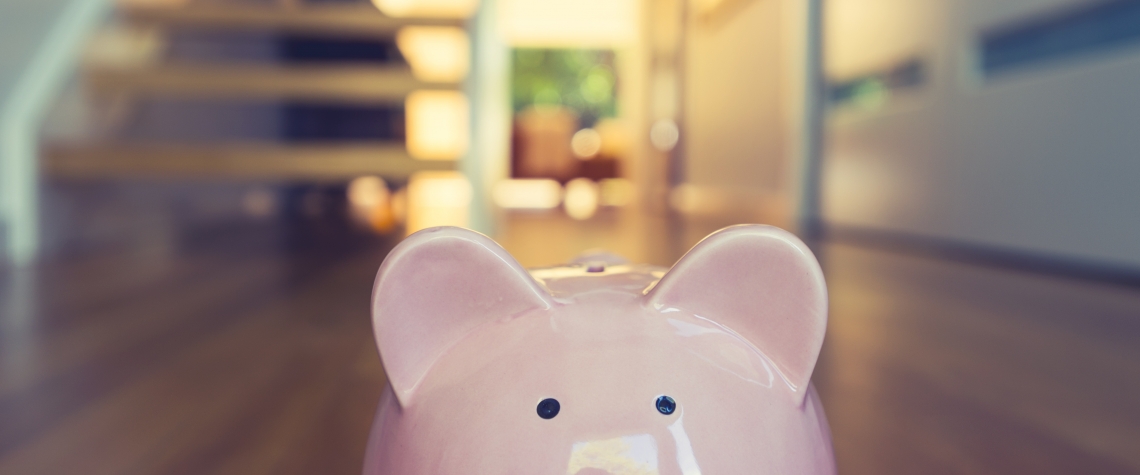
How Does a Home Equity Line of Credit Work?
Homeownership has its advantages. Saying “goodbye” to renting often means saying “hello” to increased square footage, stable housing payments, and potential tax benefits. It also provides an opportunity to build equity, the difference between the mortgage balance and the market value of the home, in an appreciating asset. The good news gets even better when homeowners learn they don’t have to sell their homes to access that equity. They can use a home equity line of credit to access the cash value in their homes today.
What is a home equity line of credit?
A HELOC is like a second mortgage but acts more like a credit card. A traditional loan or mortgage gives you a lump sum of cash. With a HELOC, you have the option to withdraw the money as you need it. With a mortgage you must take all the funds at once and begin repayment on the entire amount, while a HELOC can be for a variety of uses, for both immediate needs as well as future financial needs that may even be unknown today.
Unlike a traditional credit card, which doesn’t have collateral, your home secures your HELOC. If you miss several consecutive payments, you could risk losing your house.
How do payments on a HELOC work?
With home equity lines of credit, the lender separates your terms into two phases. The draw period comes first, followed by the repayment period.
A HELOC works like an open line of credit during the draw period, letting you borrow up to the loan’s limit. You can borrow money as needed, so long as you make payments on the outstanding balance. During this phase, which can last between five and twenty-five years, you may even have the option to make interest-only payments.
The second phase is when your HELOC enters repayment, and you can’t borrow any more money from it. The lender converts your loan to a standard schedule where you submit the principal and interest as one payment. Depending on the HELOC terms, the repayment period could last up to 20 years.
What can a HELOC be used for?
Homeowners use HELOCs for a variety of expenses, including home repairs and renovations. Considering that the average kitchen remodel can cost from $13,700 to $42,000, a home equity line of credit can be a low-interest way to cover the costs.
HELOC funds aren’t limited to home improvement projects. You can also use the cash to:
- Upgrade home appliances
- Fund college tuition for you or your children
- Eliminate lingering medical bills
- Consolidate high-interest credit card debt
- Pay off student loans
- Cover other personal expenses
Is a HELOC the same as a Home Equity Loan?
HELOCs and Home Equity Loans both allow you to borrow against the equity in your home. The difference is that a HELOC allows you to borrow as needed. With a Home Equity Loan, your cash comes in a single lump sum. Unlike a HELOC, Home Equity Loans require fixed principal and interest payments that begin shortly after disbursement and continue until the loan is paid in full.
They also have different types of interest rates. Variable interest rates are more common with a HELOC, which can cause your monthly payment to rise and fall as the index changes (most HELOCs are indexed to the Wall Street Journal Prime rate). If you’re looking for a predictable monthly payment, you might be better off with a Home Equity Loan since they offer fixed interest rates.
Does a HELOC affect credit scores?
Anytime you borrow money, your credit score can feel the impact. Whether a HELOC makes your credit score go up or down depends on several factors, including what you use the money for and how it changes your credit utilization ratio.
Your credit score might improve if you use the cash from your line of credit to pay off high-interest rate credit card debt. If missing a few payments made your credit score drop, making on-time HELOC payments could add a few points and raise your score over time.
Before you borrow against the equity in your home, confirm your credit utilization ratio, which measures your total debt against the total credit you have available. The ratio can affect up to 30% of your credit score.

